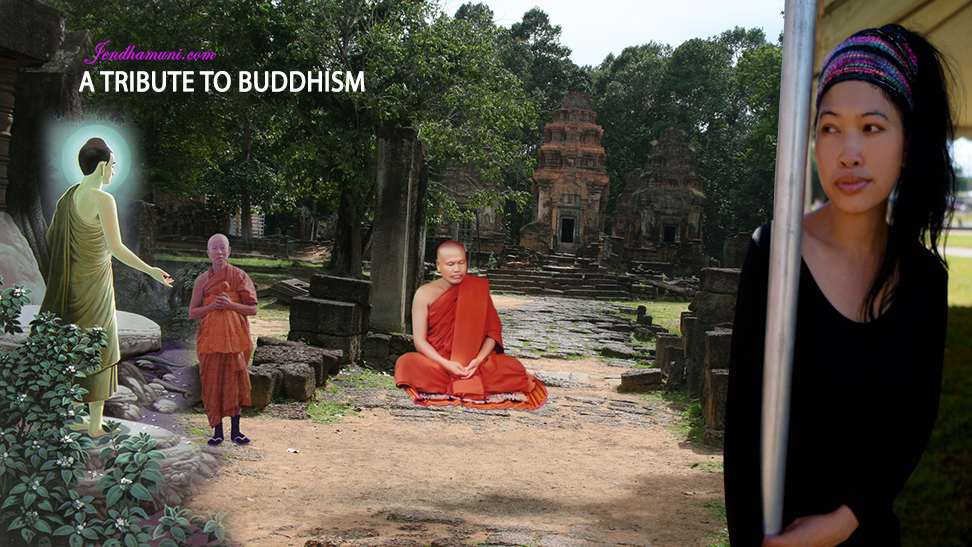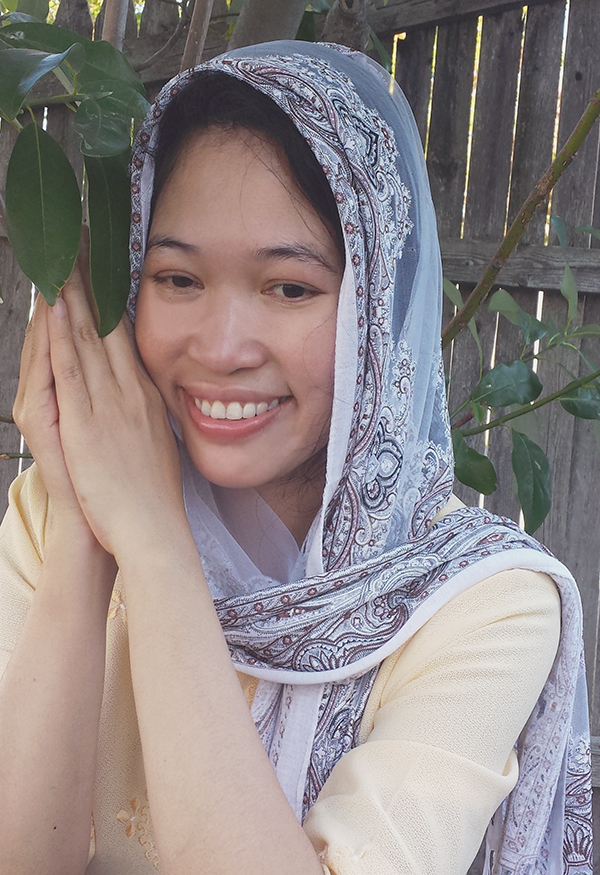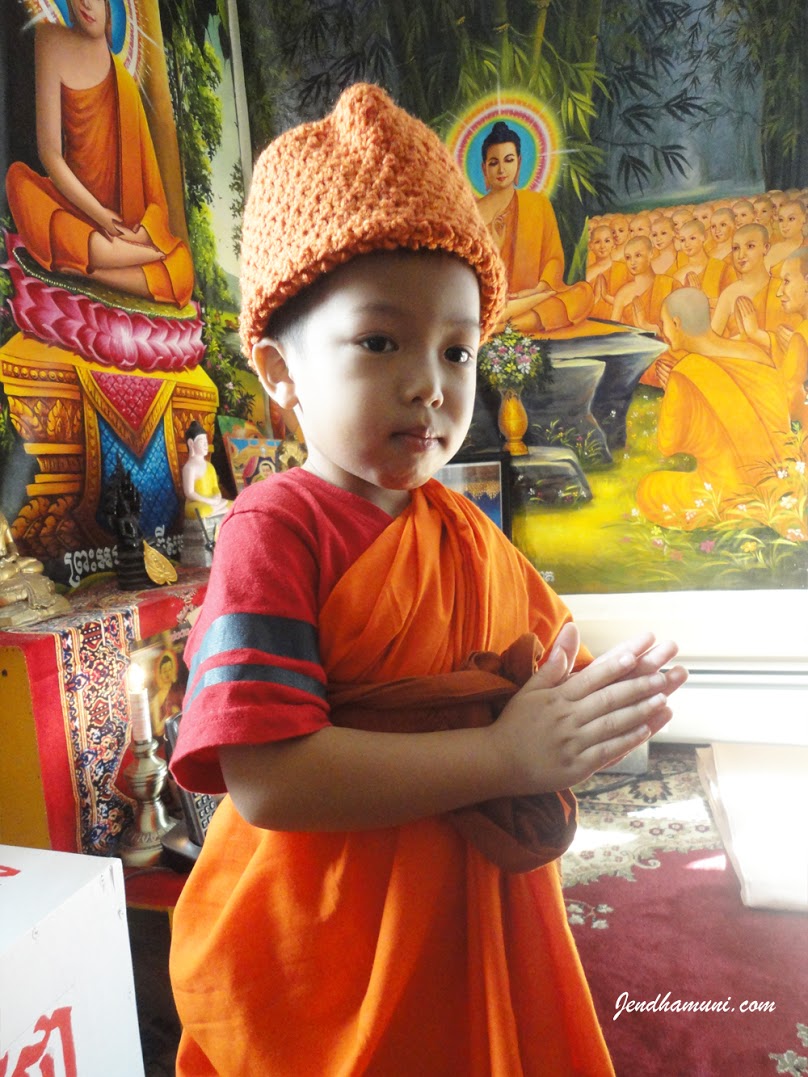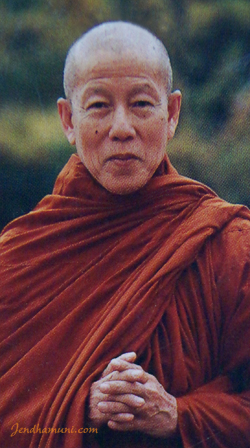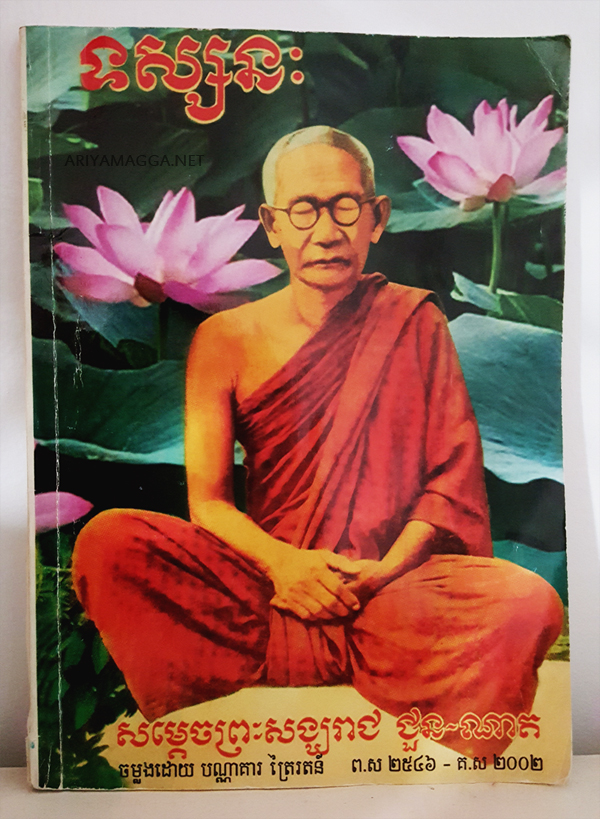Craving, anger, jealousy, despair, fear, and wrong perceptions
Happiness is not possible unless we are free from afflictions – craving, anger, jealousy, despair, fear, and wrong perceptions. Freedom is one of the characteristics of nirvana. Some kinds of happiness actually destroy our body, our mind, and our relationships. 2019Freedom from craving is an important practice. Look deeply into the nature of what you think will bring you happiness and see whether it is, in fact, causing those you love to suffer. You have to know this if you want to be truly free. Come back to the present moment, and touch the wonders of life that are available. There are so many wholesome things that can make us happy right now, like the beautiful sunrise, the blue sky, the mountains, the rivers, and all the lovely faces around us. ~ Thich Nhat Hanh

